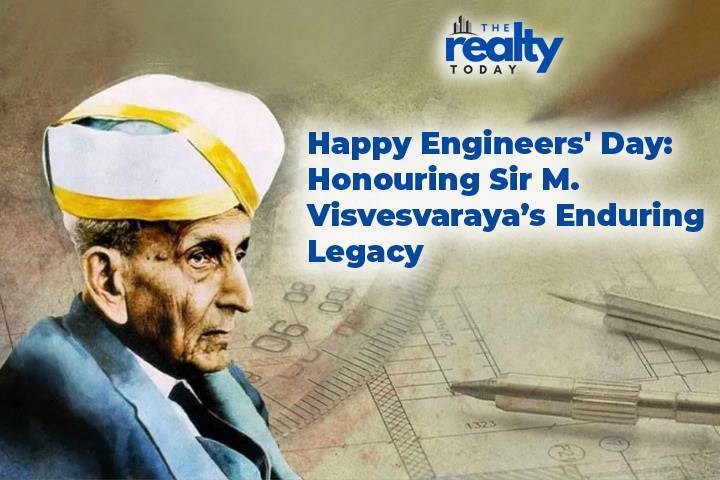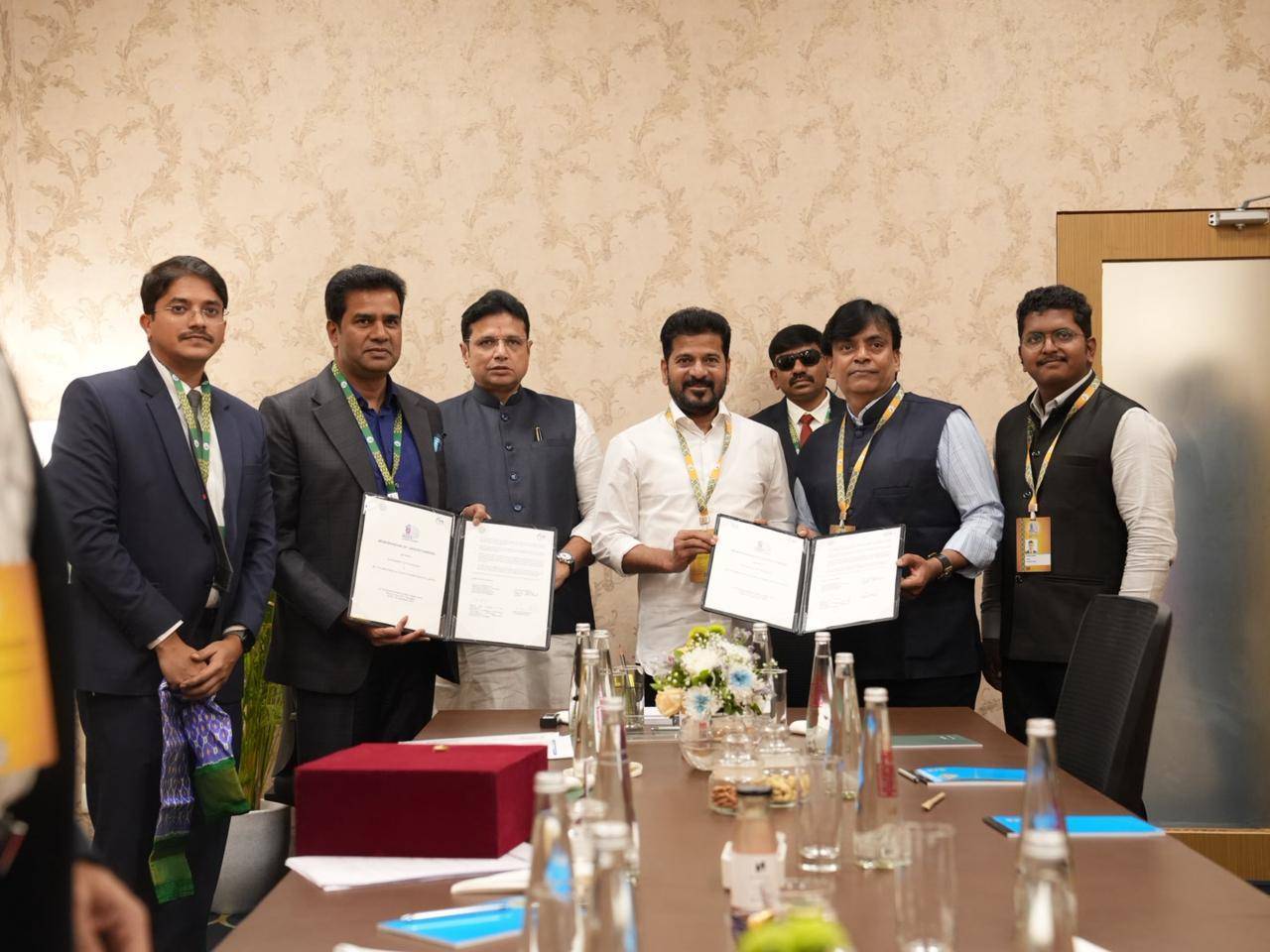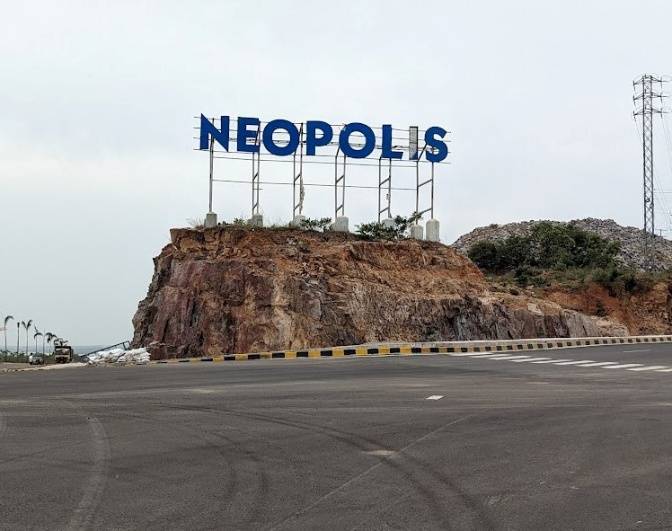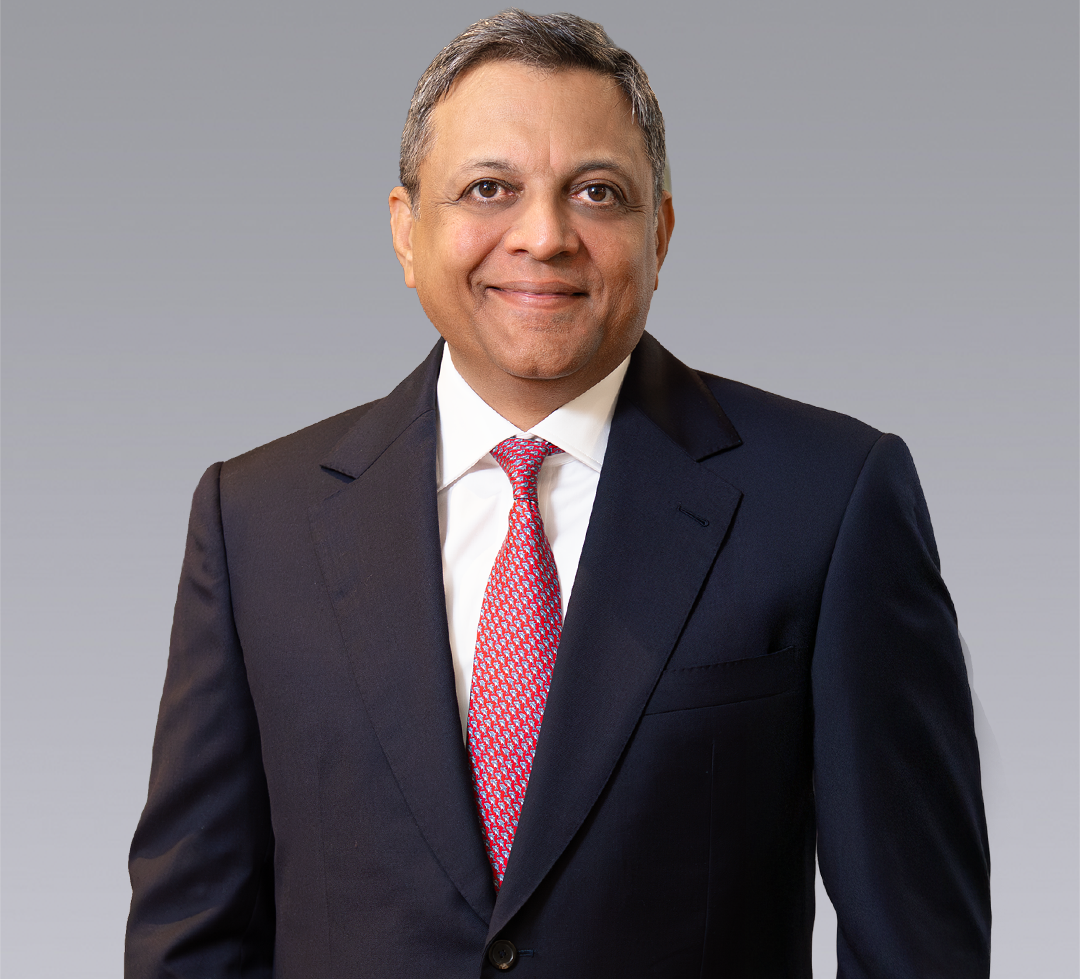Every year on September 15th, India celebrates Engineers' Day with immense enthusiasm and pride. This significant date marks the birth anniversary of Sir M. Visvesvaraya. Known as the Father of Indian Engineering, his name is not only esteemed within engineering circles but also resonates with millions who have witnessed India's transformation under his influence. Born on September 15, 1860, in Muddenahalli, Karnataka, Sir M. Visvesvaraya's visionary contributions in engineering, governance, and nation-building have left an indelible mark on the country. This article delves into his life, achievements, and the enduring legacy of a man who played a pivotal role in shaping modern India.
Early Life and Education
Sir M. Visvesvaraya's journey began in the small village of Muddenahalli. From an early age, he displayed a keen interest in mathematics and engineering. His academic prowess led him to pursue civil engineering at the College of Engineering in Pune, then known as the Poona College of Engineering. It was here that his foundational knowledge in engineering was established, setting the stage for his future contributions to the field.
A Visionary Engineer
Sir M. Visvesvaraya's approach to engineering was marked by his commitment to modernity and efficiency. He believed that the adoption of the latest technological advancements was crucial for a country's progress. This belief was evident in his innovative projects, such as the Krishna Raja Sagara (KRS) Dam. This project showcased his dedication to modern engineering practices and problem-solving. The dam, constructed across the River Kaveri, utilized cutting-edge techniques, including the automatic sluice gates designed by Visvesvaraya himself. These gates were instrumental in regulating water flow, thereby enhancing the dam’s efficiency and effectiveness in water management.
Visvesvaraya's influence extended beyond engineering projects. As a statesman and administrator, he championed governance reforms based on modern principles. During his tenure as the Diwan of Mysore, he introduced progressive measures in education, industrial development, and public works, laying the groundwork for the region’s modernization.
The Diwan of Mysore: A Transformative Era
Sir M. Visvesvaraya’s tenure as the Diwan of Mysore, beginning in 1912, was marked by transformative changes. His leadership in infrastructure development, particularly the Krishna Raja Sagara Dam, was revolutionary. The dam not only addressed the region's irrigation needs but also played a crucial role in agriculture by providing a reliable water source. This development contributed significantly to the economic prosperity of Mysore State.
Under his stewardship, Mysore also saw advancements in education and industrialization. His efforts in these areas set a precedent for modernization and self-sufficiency. His leadership demonstrated the profound impact that visionary governance can have on a region's socio-economic development.
Pioneering Engineering Projects
- Krishna Raja Sagara Dam: The Krishna Raja Sagara Dam is one of the largest and most iconic dams in India. During his tenure as the Diwan of Mysore, Visvesvaraya played a pivotal role in its conceptualization, planning, and construction. His innovative approach included the implementation of automatic sluice gates, which were a significant technological advancement at the time. The dam's completion in 1931 transformed agriculture in the region, facilitating multiple cropping seasons and contributing to the overall economic growth.
- Automatic Gates Patented: Visvesvaraya's invention of automatic sluice gates was a testament to his engineering ingenuity. These gates allowed for the automatic regulation of water flow, enhancing the efficiency of the dam's operation. His patented design became a critical component of the dam’s infrastructure, ensuring controlled irrigation and flood prevention.
- Iron and Steel Work at Bhadravathi: Visvesvaraya’s vision for industrial progress was realized through the establishment of the Bhadravathi Iron and Steel Works in Karnataka. This initiative aimed to foster industrialization and contribute to India’s self-sufficiency in iron and steel production. The Bhadravathi Steel Plant became a cornerstone of industrial development in Karnataka and played a crucial role in the country's industrial growth.
- Block System in Irrigation: The innovative block system introduced by Visvesvaraya in the Krishna Raja Sagara Dam enabled precise water distribution to various agricultural blocks. This approach optimized water usage and improved crop yields, showcasing his commitment to advancing agricultural productivity.
- Advisory Services for Mahanadi Dam: In the early 1940s, Visvesvaraya’s expertise was sought for the construction of the Hirakud Dam on the Mahanadi River in Odisha. His advisory role was instrumental in planning and executing the dam, which aimed to control floods, provide irrigation, and generate hydroelectric power. The Hirakud Dam became one of the longest dams in the world, significantly impacting the region’s agricultural and economic landscape.
- Water Supply to Sukkur: Visvesvaraya’s contributions extended beyond India’s borders. In the 1930s, he provided advisory services for a water supply project in Sukkur, now in Pakistan. His engineering solutions facilitated the efficient distribution of clean water, improving public health and quality of life in the region.
- Flood Protective Dams for Hyderabad: Visvesvaraya’s expertise was also applied to flood protection measures in Hyderabad. He provided recommendations for constructing flood protective dams and embankments to mitigate the impact of flooding and enhance the city's resilience during monsoon seasons.
Awards and Honors
Sir M. Visvesvaraya’s exceptional contributions were recognized through numerous awards and honors:
- CIE Appointment (1911): Appointed as a Companion of the Order of the Indian Empire by King Edward VII.
- KCIE Knighthood (1915): Honored with a Knighthood and designated as a Knight Commander of the Order of the Indian Empire by King George V.
- Bharat Ratna (1955): Awarded India’s highest civilian honor in recognition of his services to the nation.
- International Recognition: Received honorary memberships from the Institution of Civil Engineers in London and the Indian Institute of Science in Bangalore.
- Honorary Degrees: Conferred with D.Sc., LL.D., and D.Litt. degrees by several distinguished universities across India.
- Presidency of Indian Science Congress (1923): Served as president, highlighting his leadership in science and technology.
- Institutional Honours: Numerous institutions, including Visvesvaraya Technological University and the University Visvesvaraya College of Engineering, were named in his honor.
- Statues and Metro Stations: Statues and metro stations in Bangalore and Delhi commemorate his legacy.
A Legacy of Engineering Excellence and Nation-Building
Sir M. Visvesvaraya passed away on April 14, 1962, at the age of 100, leaving behind a legacy that continues to inspire engineers and leaders across India. His unwavering dedication to engineering excellence, commitment to public welfare, and love for his country have left an enduring impact on India’s history.
As we celebrate Engineers’ Day, let us honor the values of innovation, diligence, and devotion to the greater good that Sir M. Visvesvaraya exemplified. Happy Engineers’ Day to all the visionaries, innovators, and nation-builders who keep India’s engineering spirit alive and thriving!









.png)